Global fashion and textile reports suggest that sustainability and innovation will drive fabric trends into 2026. Recent fashion weeks and industry data show designers leaning heavily on eco-friendly fibers and novel materials. For example, Paris and Milan designers embraced organic and recycled fabrics on the runway, while New York events showcased cutting-edge textiles. Simultaneously, industry reports highlight growing demand for recycled and certified fibers, even as overall polyester and synthetic production continue to rise. In this forecast, we explore the emerging fabric categories, market trends, and sustainability-driven innovations poised to define 2026 (with images and examples of lyocell, mycelium leather, banana fiber, recycled polyester, etc.).

Fashion Week Insights: Sustainability on the Runway
Major fashion weeks are increasingly spotlighting green fabrics. At Paris Fashion Week, sustainability was front-and-center: Stella McCartney’s Spring/Summer 2025 collection featured materials like organic cotton, vegan leather and even mycelium-derived “fungus” leather. Gabriela Hearst similarly used deadstock fabrics, natural dyes and a Python leather sourced from invasive species (via Inversa Leather). In Milan, the eco-theme continued: many designers chose organic cotton, hemp and recycled polyester for their collections. Milan’s runways also highlighted tech fabrics – Diesel and Emporio Armani, for example, incorporated reflective textiles and thermochromic (heat-sensitive color-changing) fibers.
New York combined runway and trade-fair perspectives. On the runway, designers like Erdem (Spring 2025) wove bio-fabricated cloth from agricultural waste into their pieces, and Stella McCartney showcased bag and shoe styles in a new mycelium leather material. Meanwhile, New York’s Functional Fabric Fair (summer 2025) became an innovation hub: it featured 33 breakthrough materials, from self-composing fungal print fabrics to bioplastics made from regenerated wetlands and enzymes that recycle blended fibers. Such events indicate both high-fashion and industry leaders are testing fabrics that promise lower environmental impact.
Market and Demand Trends
Textile industry data illustrate the backdrop for these trends. According to Textile Exchange, global fiber production hit a record 124 million tonnes in 2023 (a 7% rise over 2022) and could reach 160 Mt by 2030 if current growth continues. Polyester dominates this volume (57% of production, ~75 Mt. Cotton output is slightly down (24.4 Mt in 2023). Importantly, virgin synthetic fibers are still on the upswing: the market share of virgin polyester grew, while the share of recycled polyester slipped from 13.6% to 12.5% in one year. In absolute terms, recycled polyester remains a small fraction of global fibers (textile-to-textile recycling is <1% of production).
Despite the reliance on synthetics, brands and consumers are pushing for change. A recent survey found 60% of consumers consider sustainability in their fashion purchases. Industry forecasts reflect this: the global polyester fiber market is projected to grow from $12.85 billion (2024) to $15.89 billion by 2030 (≈3.6% CAGR), and recycled polyester is a key driver of that growth. Textile-exchange reports show small but rising demand for certified natural fibers: for example, certified wool (Responsible Wool Standard) climbed to 4.8% of production, and programs for alpaca/mohair expanded. These data highlight a market split: fast fashion still leans on cheap synthetics (for cost and performance), but a growing “eco-fiber” segment seeks recycled, plant-based and certified materials.

Material Innovations to Watch
Biodegradable and Bio-based Fibers
Next-generation biodegradable textiles are gaining traction. One striking example is banana fiber: Ugandan researchers have transformed discarded banana plant stems into spinnable fibers for fabrics. Their Banatex-EA project produced a cotton-like banana fiber, potentially turning agricultural waste into a valuable textile. (Ugandan lab developing banana fiber for textiles.) Brands are already using similar ideas – Swiss label Qwstion makes Bananatex from Abacá banana, a strong, plastic-free fabric touted as a replacement for polyester or rayon.
Figure: Researchers in Uganda processing banana fibers into textiles. Beyond bananas, innovative bio-fibers include chitosan fabrics (from shrimp-shell or mushroom waste) and lab-grown silk. For example, U.S. startup TômTex converts chitin (from seafood and mushrooms) into “chitosan leather” – a glossy, bio-based material that behaves like leather and is fully biodegradable. Finnish Spinnova makes a 100% wood-pulp cellulose fiber (a cellulosic alternative to cotton) that is fully biodegradable; its fiber is already used by brands like Marimekko and Adidas. Even spider silk is returning via bioengineering: Japan’s Spiber recently raised $64M to scale its plant-based spider-silk-inspired fibers for textiles.
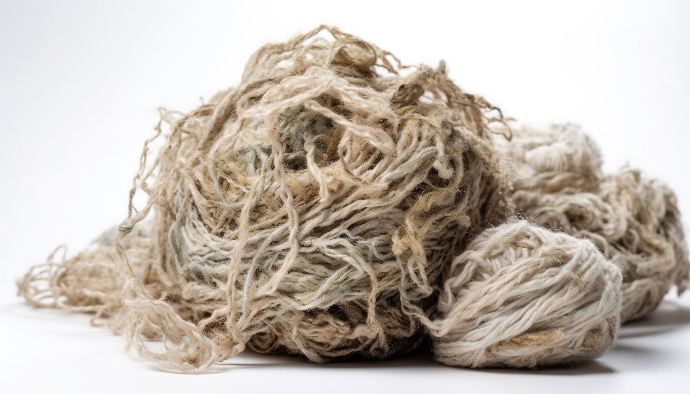

Mycelium and Plant-based Leathers
Sustainable leather alternatives are a breakout category. Mushroom mycelium can mimic animal hide at far lower environmental cost. Companies like MycoWorks (Reishi material) and Hydefy (Fy™ material) have cultivated fungi into leather-like sheets. In April 2025, it was reported that the mycelium leather market (still tiny, ~$12M in 2024) is projected to jump to $336M by 2033. Luxury brands are already experimenting: Hermès tested MycoWorks’ Reishi in a travel bag, and Stella McCartney debuted Hydefy’s mycelium crossbody bag on the runway. Notably, mycelium leather can dramatically cut carbon: MycoWorks estimates just ~6 lbs CO₂ are emitted for 11 sq ft of its Reishi leather, far less than conventional leather.
Figure: Luxury handbags made from mycelium-based “leather” (fungus composites).Beyond fungi, brands are using other plant leathers (pineapple, cactus, etc.) and even lab-grown cellulosic leathers. These materials combine the fashion appeal of leather with biodegradability and lower resource use. For example, TômTex (mentioned above) has shown full biodegradability in its chitosan leather, and startup alliances like Paris Good Fashion are pushing for such alternatives.
Tech-Infused and Smart Textiles
“Smart fabrics”—textiles with integrated technology—are emerging, with recent advances addressing sustainability as well. Electronic “e-textiles” have even appeared on global runways: recent Fashion Weeks in Berlin, Milan, and London featured garments with embedded LEDs, sensors or dynamic materials. For instance, a 2019 Stratasys 3D-printed dress changed color via embedded micro-capsules.
While early e-textiles often generate e-waste, new research is tackling that. In late 2024 UK scientists unveiled SWEET(Smart, Wearable, Eco-friendly Electronic Textiles) – fully biodegradable smart fabrics where inkjet-printed graphene sensors and circuits are printed on a bio-fiber substrate. This strip of fabric (image) acts as a wearable sensor but can safely degrade after use. As demand grows, challenges like integrating and eventually recycling electronics must be solved, but such innovations point toward tech-rich garments that also meet eco-goals.
Figure: An experimental smart textile strip with inkjet-printed graphene sensors (biodegradable material).Looking ahead, we expect more use of performance-oriented fabrics (e.g. phase-change fabrics for climate control, UV-reactive materials, built-in fitness trackers) that balance functionality with eco-design.

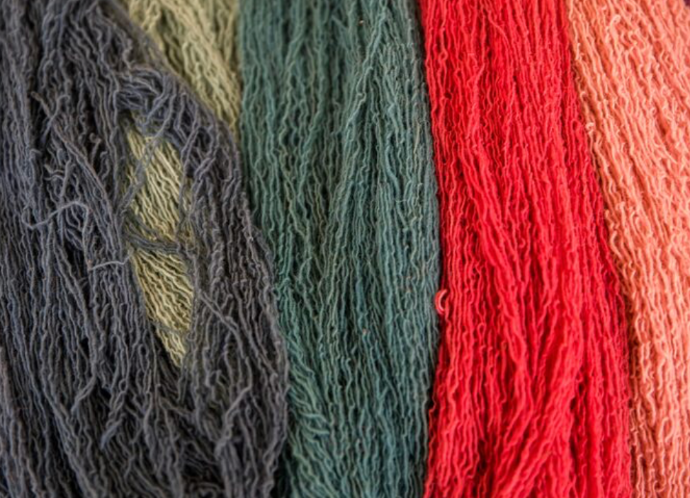
Recycled and Circular Yarns
Recycling remains a cornerstone of sustainable textile strategies. Many brands now require recycled polyester and nylon. Yet current recycling rates are still low – in 2023 only about 12.5% of polyester production was recycled resin. Industry players are pushing innovations: European startups Carbios and Samsara have developed enzymatic processes to “infinitely” recycle polyester into new fiber. Others (Circ, Re:NewCell, Syre by H&M) are scaling new chemical recycling methods.
Meanwhile, market forecasts highlight recycled materials’ growth. The polyester fiber market (apparel, home fabrics) is projected from $12.85B (2024) to $15.89B by 2030, driven in part by rising recycled polyester, which aligns with brand sustainability goals. Blended yarns (e.g. recycled poly with organic cotton or hemp) are also trending, as companies seek to boost comfort and performance while using existing materials. (By contrast, brands have learned the hard way that textile-to-textile recycling ventures are challenging: for example, Sweden’s Circulose process went bankrupt despite H&M’s support, underscoring that scale and investment are crucial.)
In 2026, look for expanded use of recycled yarns – not just polyester, but recycled cotton and even recycled nylon (e.g. Lululemon and Adidas are already using plant-based or recycled polyamide in leggings and outerwear). Government and industry pressure (like the EU’s new textile strategy mandating durable, recyclable clothes by 2030) will continue to accelerate reuse and circular design.
Key Trends to Watch for 2026
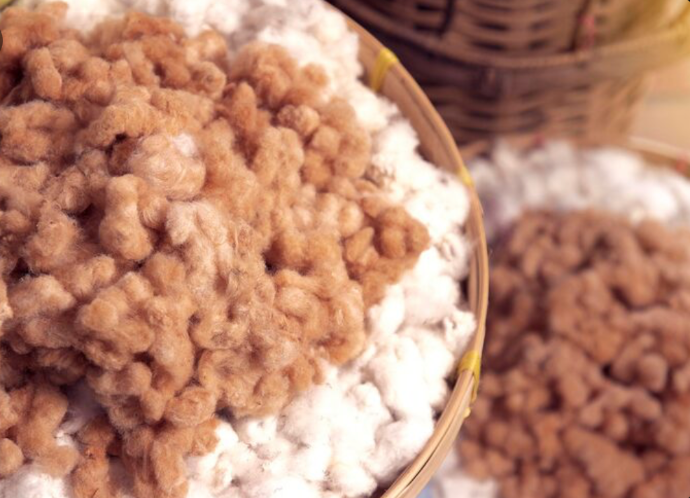
Sustainable Cellulosics
Lyocell (Tencel) and other closed-loop cellulose fibers will keep growing. A 2024 report projects the lyocell market to more than double (from ~$1.3B in 2022 to ~$3.4B by 2032) due to its eco-friendly profile. Expect new Lenzing fibers (e.g. hydrophobic Lyocell Dry) in activewear and hygiene products, and blends of lyocell with recycled cotton or hemp.
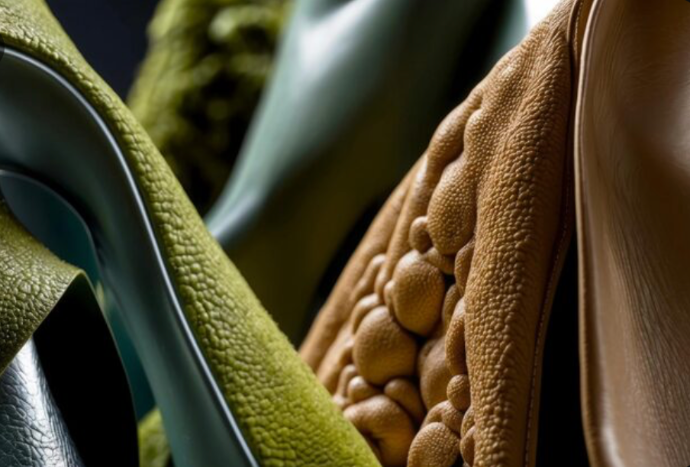
Biofabricated Leathers
Mycelium, plant polymers (pineapple, cactus, etc.), and bio-silk are moving from labs to collections. Mycelium leather, in particular, is crossing from novelty to niche mainstream – watch luxury brands for more mushroom-leather goods

Invasive & Novel Natural Fibers
Fibers from invasive species (e.g. python, carp) or new crops (banana, nettle) will pop up in small collections. Banana fiber is one example of a waste-derived fiber (“the next fiber for everything”). Other contenders include algae/seaweed fibers and hemp blends (e.g. wool alternatives like Ecopel’s hemp-poly).
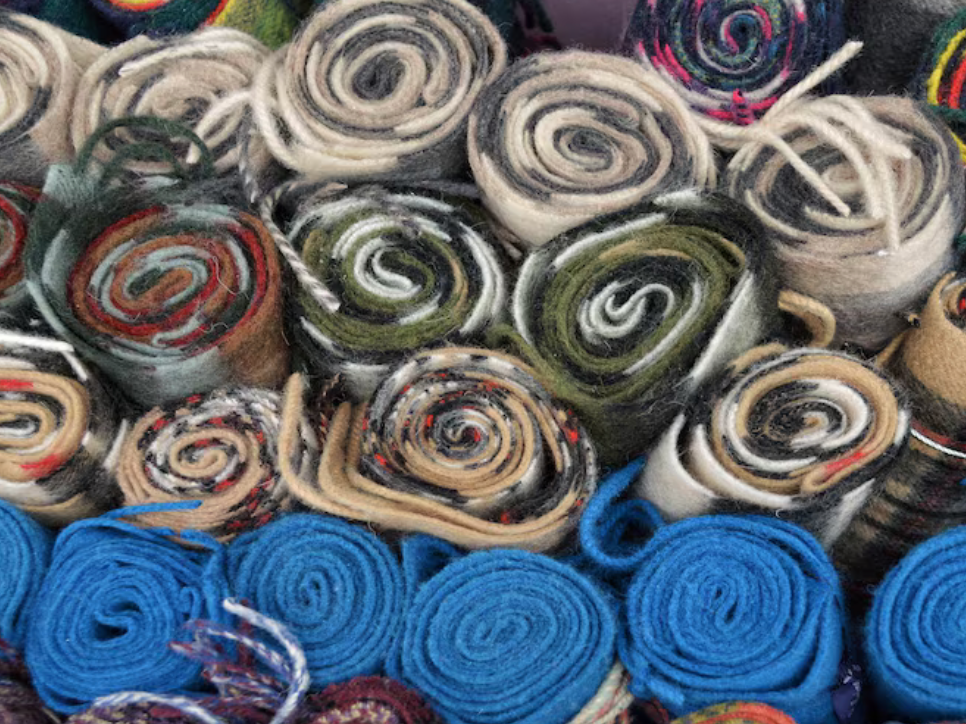
Recycled and Regenerated Textiles
Recycled polyester will continue to expand (despite its current <1% share). Innovations like enzymatic recycling and high-speed textile recycling machines will appear. Also, look for increased regeneration of cotton waste (post-consumer white cotton recycling is now viable) and growth in certified recycled blends.
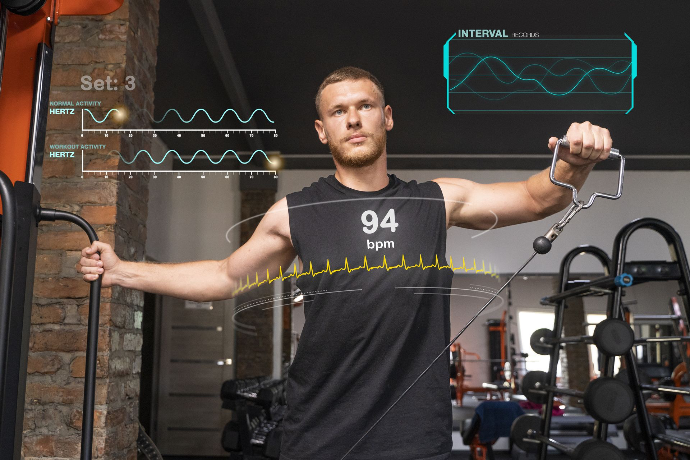
Smart and Performance Fabrics
Expect more garments with embedded sensors, conductive yarns or active responses (color-change, temperature-regulating). But crucially, these tech fabrics will increasingly be designed for end-of-life recyclability (e.g. fully bio-based circuits, as in SWEET) to avoid adding e-waste.

Regulatory & Market Shifts
By 2026, supply chains are adapting to legislation (e.g. EU rules on durability and recycled content) and buyer demand. Brand commitments – from circularity targets to transparency – will keep fueling investments in sustainable textiles. For buyers and designers, this means 2026 will be defined not by one new fabric, but by an ecosystem: plant-based, recyclable, bio-origin fabrics combined with digital and bio-technologies.
In summary, 2026 fabrics will be characterized by a mix of bio-sourced, recycled, and smart textiles. Organic and botanical fibers (lyocell, banana, algae, hemp) will join engineered bio-leathers (mycelium, chitosan) and high-tech hybrids. Meanwhile, recycled polyester/nylon will proliferate alongside innovative recyclers. The ultimate goal is a circular textile system: fabrics that meet aesthetic and performance needs and safely return to the biosphere or material loops. As the industry data show, this transition is urgently needed – and well underway.

